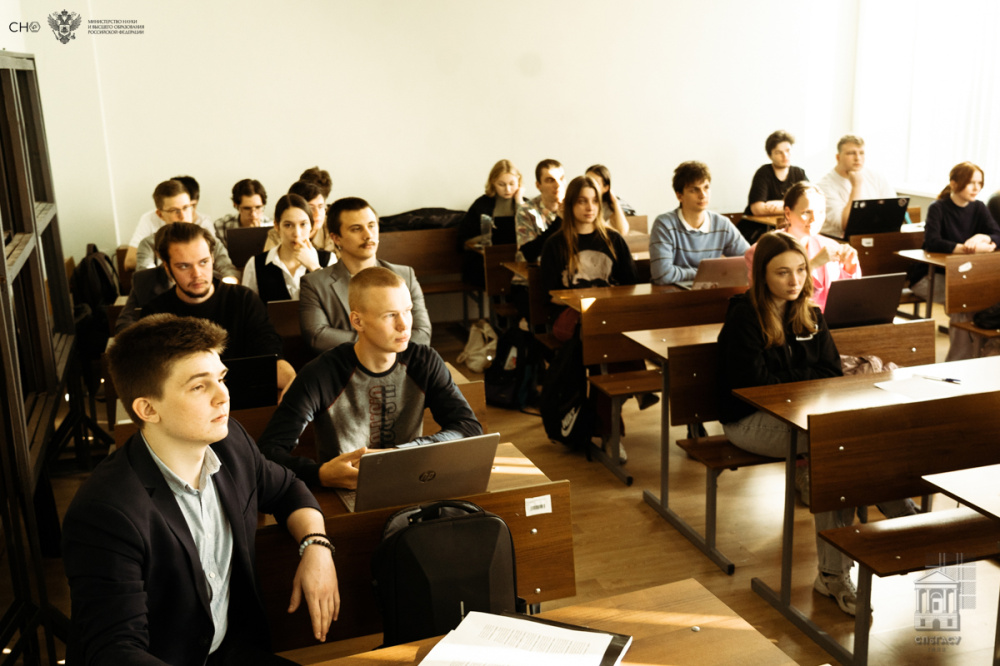 Section of Information Systems and Technologies
Section of Information Systems and Technologies
From 15 to 18 October, Saint Petersburg State University of Architecture and Civil Engineering hosted the LXXVII National Scientific and Practical Conference of Students, Postgraduates and Young Scientists "Current Issues of Modern Construction". The conference brought together more than 1,000 participants and listeners not only from SPbGASU, but also from Moscow State University of Geodesy and Cartography, National Research Moscow State University of Civil Engineering, Chuvash State University named after I.N. Ulyanov, Emperor Alexander I St Petersburg State Transport University, Novosibirsk State University of Architecture and Civil Engineering, Donbass National Academy of Civil Engineering and Architecture and other universities, giving them the opportunity to exchange ideas and test scientific results.
The topics of the reports covered a wide range of issues in modern construction, including those related to computer science, information systems and technologies, technosphere safety, economic security, legal regulation of urban planning and transport, and many others. The work was organized in 31 sections.
Several reports at the section of architectural design were devoted to the topic of Arctic development. Nikita Milov, a second-year master's student at the SPbGASU Faculty of Architecture, presented a report entitled "Functional zoning of a site and planning structure of a marine terminal in the Northern conditions (the City of Kandalaksha)" (supervised by Aleksey Mikhalychev, Associate Professor at the Department of Architectural Design).
According to the author, Kandalaksha can become a cultural and tourist hub for water routes of river and sea cruise transport. Nikita proposed breathing new life into this city by creating a new sea passenger terminal there. It could include hotels, exhibition transformable spaces, and office centers.
Museum complexes are needed in the cities of the Far North, says Artem Martynenko, a second-year master's student at the Faculty of Architecture of our university (his supervisor is Associate Professor at the Department of Architectural Design Sergey Ivanov). According to Artem, the development of territories located in the Arctic zone is one of the main tasks of the Russian Federation. To do this, it is necessary to create a favourabe, well-maintained environment, including for cultural leisure. It is also worth considering the modern policy aimed at patriotic education of youth and awakening interest in studying the history and culture of our country. Given these factors, the design and construction of museum complexes is becoming an urgent task for architects. Artem formulated the principles of designing museum complexes beyond the Arctic Circle: multifunctionality, which allows the complex to gather the maximum number of consumers and remain in demand all year round, taking into account climatic features when choosing design solutions, etc.
Anzhelika Ivanikhina, a fourth-year bachelor's student at the Faculty of Architecture (supervised by Milena Zolotareva, Deputy Dean for Research, Associate Professor at the Department of History and Theory of Architecture), spoke about the algorithm for using generative neural networks to form an architectural concept using the example of creating a glamping site at the section of the history and theory of architecture. The audience learned how work on one of the projects was carried out in the workshop where the student works. According to Anzhelika, there is nothing wrong with using generative neural networks. You need to start with analyzing the territory and the initial data; then you should develop a functional plan and functional zoning, determine the concept of a specific part of the general plan and develop sketches. After that, you can start creating a prototype for the neural network, then analyze and adjust it. The final stage will be color correction of the result, post-processing in editing programs.
The architectural and spatial features of Omsk, using the central part of the city as an example, became the topic of the report by the second-year bachelor's student of the Faculty of Architecture Arina Peteshova (supervised by Milena Zolotareva). Arina believes that the central part of Omsk has unique architectural and spatial characteristics that can be successfully used for the further development of the city. It is necessary to optimize the planning of the urban environment, pay attention to the development of integration solutions for historical and modern buildings, and study the impact of new architectural projects on the existing urban structure.
The creation of tools for processing data on the working hours of the organization's employees is being carried out by a second-year master's student of the Faculty of Environmental Engineering and Municipal Services Egor Abramov under the supervision of the Acting Head of the Department of Information Systems and Technologies Olga Yarkova. Egor gave a report on the topic of his research at the section of information systems and technologies. The student analyzed the information environment of the enterprise, formulated the requirements for the developed tools, and determined the methods and technologies for implementation. The researcher plans to develop an application for solving work tasks and performing additional functions.
The conference "Current Issues of Modern Construction" was held within the framework of a subsidy from the federal budget to educational institutions of higher education for the implementation of events aimed at supporting student scientific communities No. 075-15-2024-854. The conference proceedings will be published in a collection of materials indexed in the Russian Science Citation Index.






.jpg)
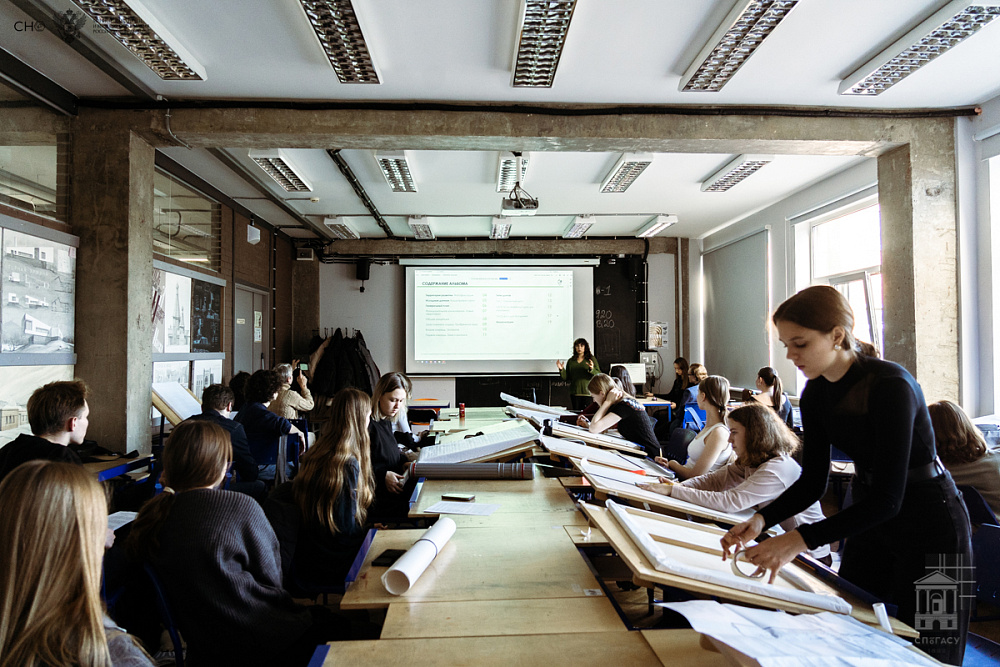
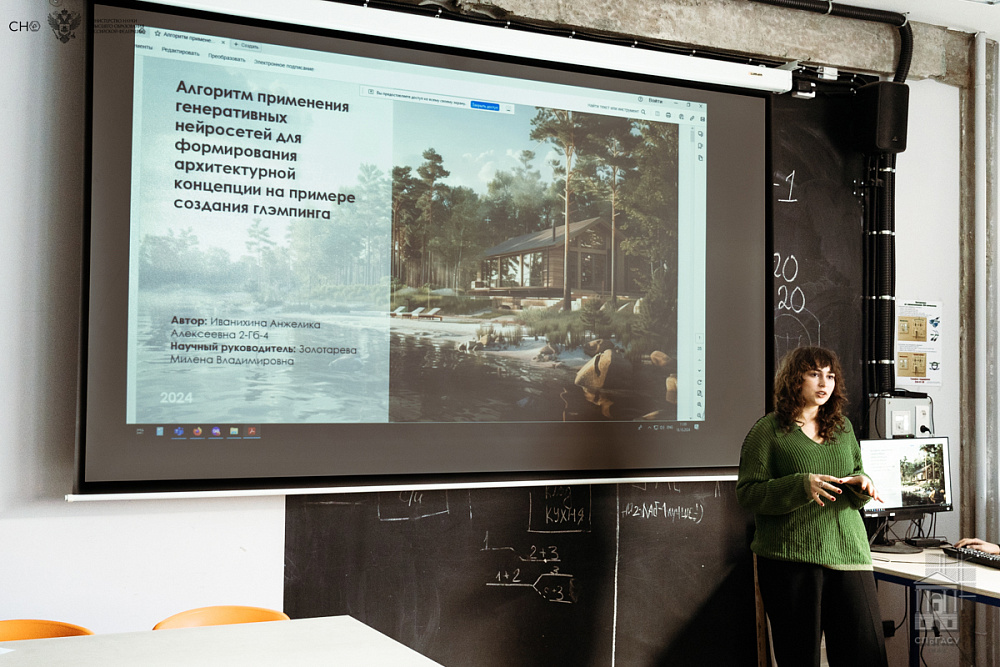
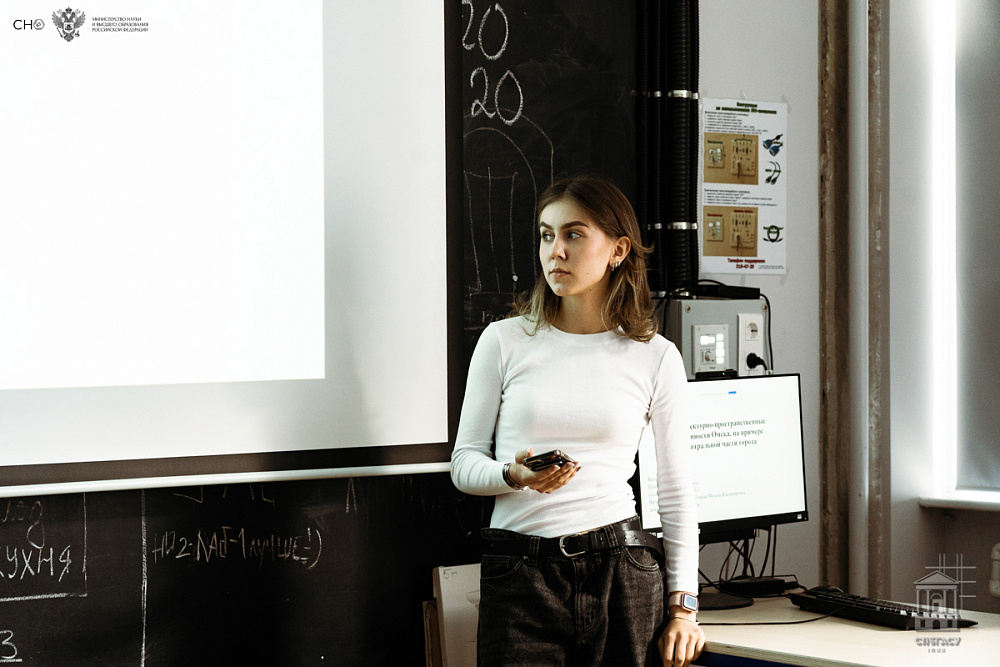
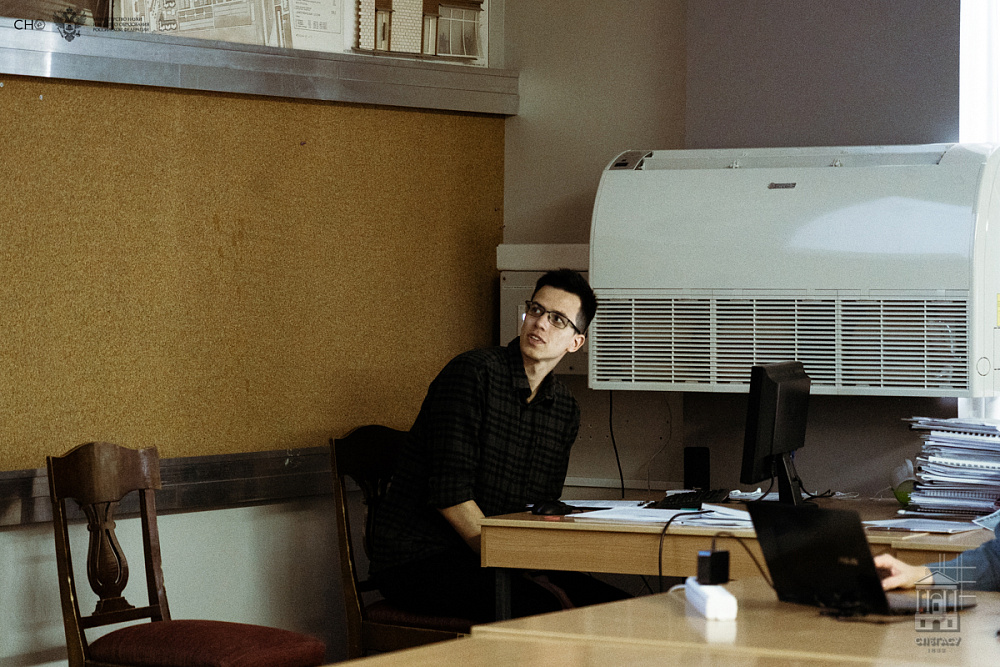
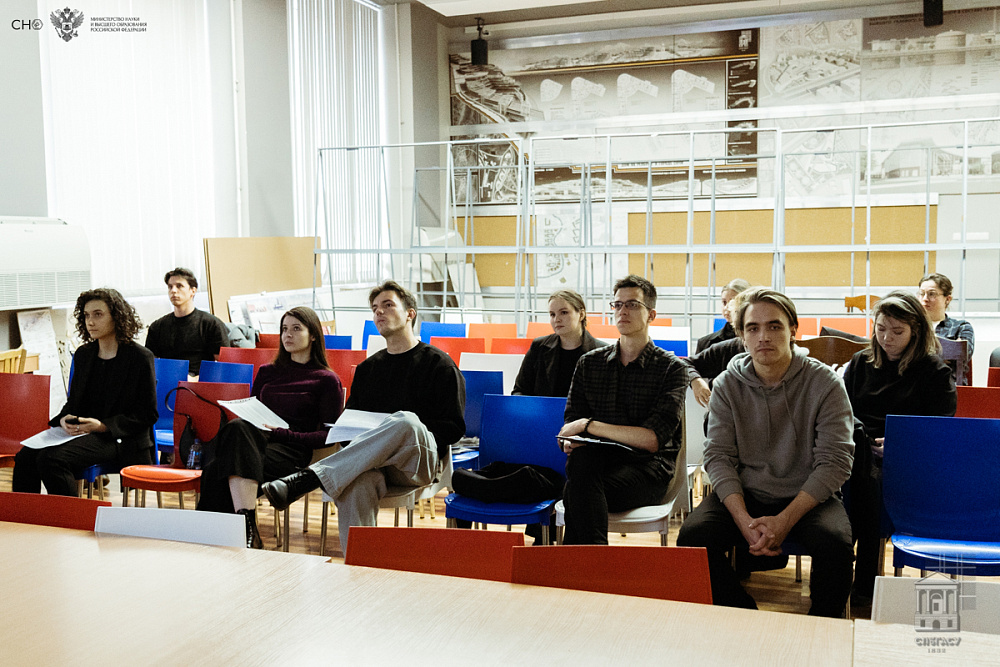
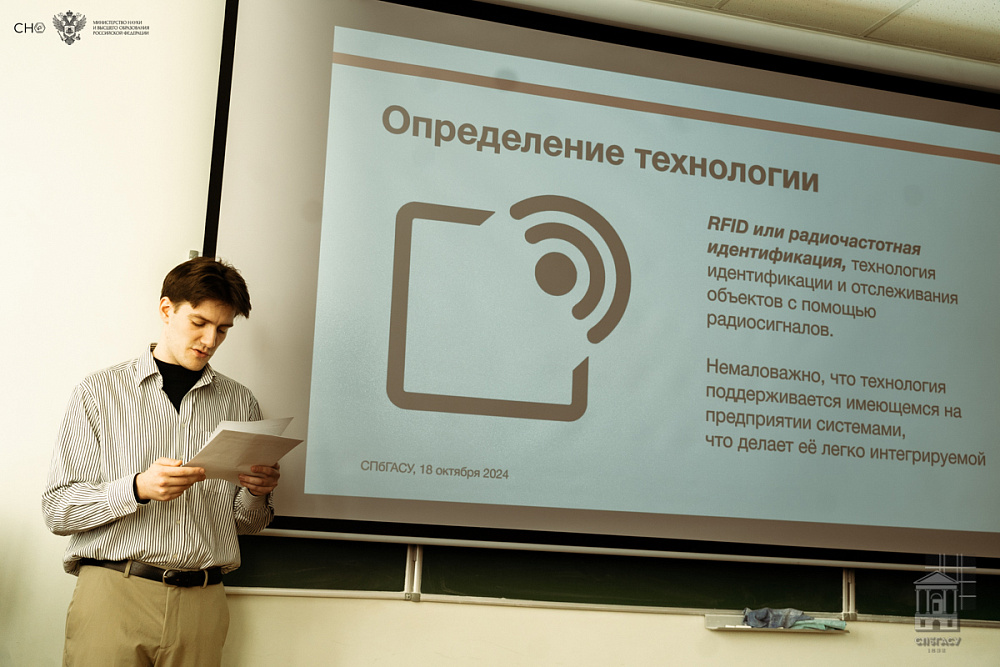
.jpg)